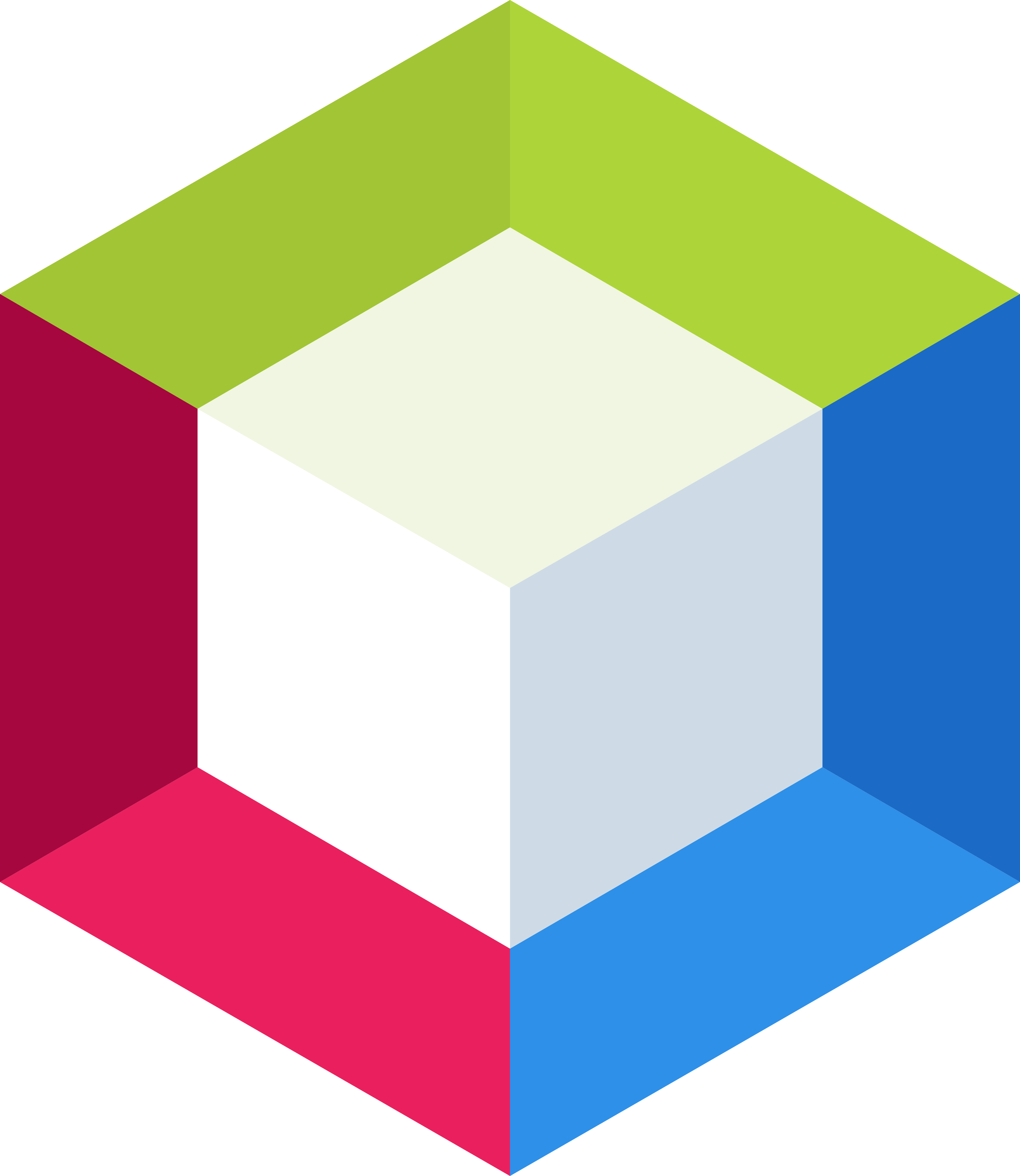

I'm going to call this Image and let me call the other one (as) Balance. You can Rename it(tab) by double clicking on it Switch between the two panels using the tabs.Ĭlick on the Panel and (then) click here (on the pane in your jFrameForm).Ĭlick (on Panel) and click back here(Pane). And now, you can re-size it using a mouse. Now go to the the Palette and choose a tabbedPane. (For this application, we are going to make use of some these components.) Let's go back to design and see what components we'll use today.
#Netbeans 8 inspector code
It takes the corresponding source code and adds it to the source here. When you click on it, it takes you to the source code. The inspector shows you the components that have been added to the frame. This shows you the properties of the components as you choose them. This contains the pre-installed Swing and AWT components. Hover the mouse around the canvas, Palette, Properties and Inspector. Once you say Finish, it takes you to the main design area. I'm going to call this AccountBalance as well,īut you can give it any other name you wish to. Say finish, that should create a new project.įile > New File > Swing GUI forms > Jframe Form Say Next.ĭon't create a main class but set it as the main project. Go to File > New Project > and choose a Java Application. Let's now move to netbeans and start (by)creating a new project.

What does Netbeans provide for building GUI? In this tutorial, we will see one of the most attractive features of Netbeans, which is its GUI Builder. Welcome to the tutorial on Building GUIs using Netbeans.

Resources for "Designing GUIs in Netbeans" Visual Cue


 0 kommentar(er)
0 kommentar(er)
